From Raiding to Nation-Building: The Kalenjin Journey in Modern Kenya

The Kalenjin community, known for its rich traditions and historical resilience, faces a complex reality in modern Kenya. Once celebrated for communal trust and valor, the community now grapples with a tarnished reputation linked to political scandals and shifting social values. This article examines how historical practices, leadership, and generational changes have shaped the Kalenjin identity, while addressing misconceptions and highlighting efforts to reclaim cultural pride.
The Kalenjin Leadership has been overshadowed by corruption allegations. Two prominent Kalenjin figures, former President Daniel arap Moi (1978–2002) and current President William Ruto, have dominated Kenya’s political landscape. Their leadership, however, has been clouded by allegations of corruption:
- Moi’s Legacy: The Goldenberg scandal of the 1990s, one of Kenya’s largest financial frauds, saw billions of shillings stolen through fictitious gold exports. While Moi denied personal involvement, the scandal entrenched perceptions of systemic corruption during his rule.
- Ruto’s Challenges: Despite campaigning as a “hustler” advocating for the poor, Ruto’s administration has faced accusations of embezzlement, including SHA/SHIF and Adani scandals. Critics argue that such actions perpetuate a cycle where elite corruption rarely benefits ordinary citizens.
These controversies have unfairly branded the broader Kalenjin community, even though most Kalenjin people—like many Kenyans—remain disconnected from political power and disproportionately affected by poverty. In regions like Baringo and Kericho, where Kalenjin communities are concentrated, poverty rates exceed 40%, according to 2019 government data.
In pre-colonial Kalenjin society, internal theft was considered a grave offense. Elders enforced strict codes of conduct, and stealing from one’s own community could lead to expulsion or severe punishment. A person’s word was deeply respected, often likened to a “banker’s cheque” in reliability. This ethos fostered trust across ethnic lines, with Kalenjin traders historically known for honest dealings.
Today, this legacy is under strain. The rise of cybercrime groups like the “Mulot boys”—young men from Bomet County accused of orchestrating mobile money scams—has damaged the community’s reputation. A 2022 report by Kenya’s Communications Authority identified Bomet as a hotspot for fraud, linking it to unemployment and a growing culture of quick wealth. Elders often blame this shift on eroded moral values and a lack of communal accountability.
Historically, cattle raids (kiporu) were strategic, community-sanctioned acts to secure resources from rival groups. Livestock acquired through raids were shared to strengthen kinship ties and support rituals like dowry payments. Unlike modern corruption, which concentrates wealth among elites, raiding was a collective endeavor.
One activist summarized the contrast: “Raiding brought cows home. Corruption takes everything away.” While politicians invoke Kalenjin identity to justify tribal favoritism, ordinary community members rarely see tangible benefits. Instead, they bear the stigma of scandals they did not create.
Younger generations are challenging negative stereotypes through grassroots initiatives:
- Juliana Rotich, a Kalenjin tech innovator, co-founded Ushahidi, a platform used globally to track election violence and disaster responses. Her work exemplifies how Kalenjin professionals are contributing to national progress.
- Social media campaigns like #MyKalenjinStory highlight narratives of integrity, entrepreneurship, and cultural pride, countering the focus on corruption.
Elders are also reinterpreting traditional proverbs to address modern issues. For instance, “Kōrōtō ne kimak che mit”(The bull’s strength is in the herd) is now being used to emphasize unity in fighting corruption. Similarly, the Pokot proverb “Tigitil ab kwa” (The truth never rots) resurfaces in anti-scam campaigns.
Though not Kalenjin by heritage, Nobel laureate Wangari Maathai’s environmental and political advocacy deeply impacted Kalenjin regions. Her Green Belt Movement collaborated with Kalenjin women to combat deforestation, while her protests against land grabs in areas like Embobut Forest aligned with local struggles. Maathai’s ability to unite Kenyans across ethnic lines offers a model for transcending tribal divisions.
The Kalenjin community’s story is one of resilience and adaptation. While political scandals have cast a long shadow, they do not define the entire community. Many Kalenjin citizens—farmers, teachers, activists, and tech pioneers—are quietly rebuilding a legacy of integrity. Addressing corruption requires holding leaders accountable, but it also demands recognizing the everyday heroes who uphold the values their ancestors cherished.
As Kenya evolves, the Kalenjin example reminds us that cultural identity is not static. It can be a force for renewal, bridging the wisdom of the past with the possibilities of the future.
The writer is an Advocate of the High Court of Kenya and a political analyst.


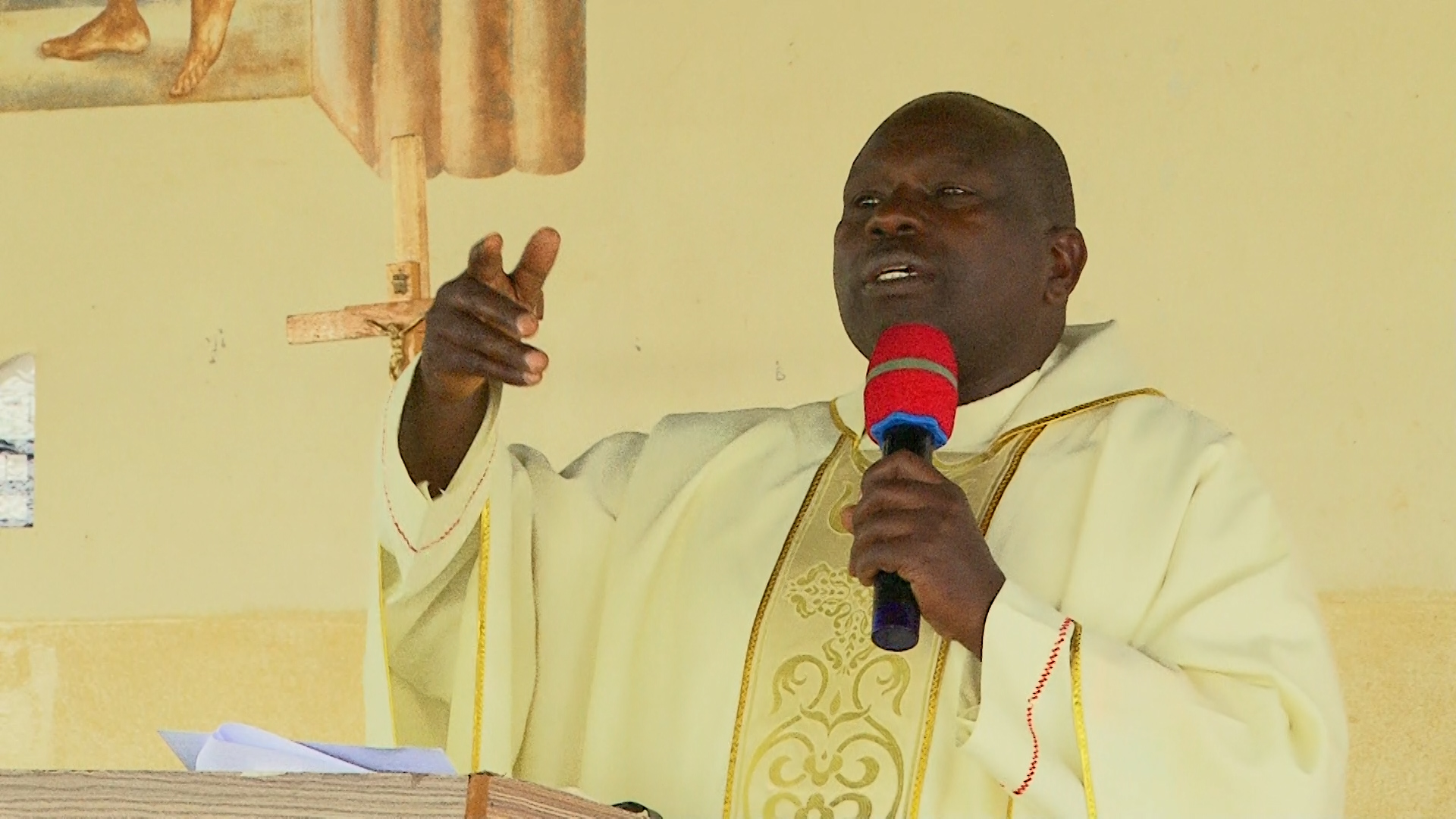
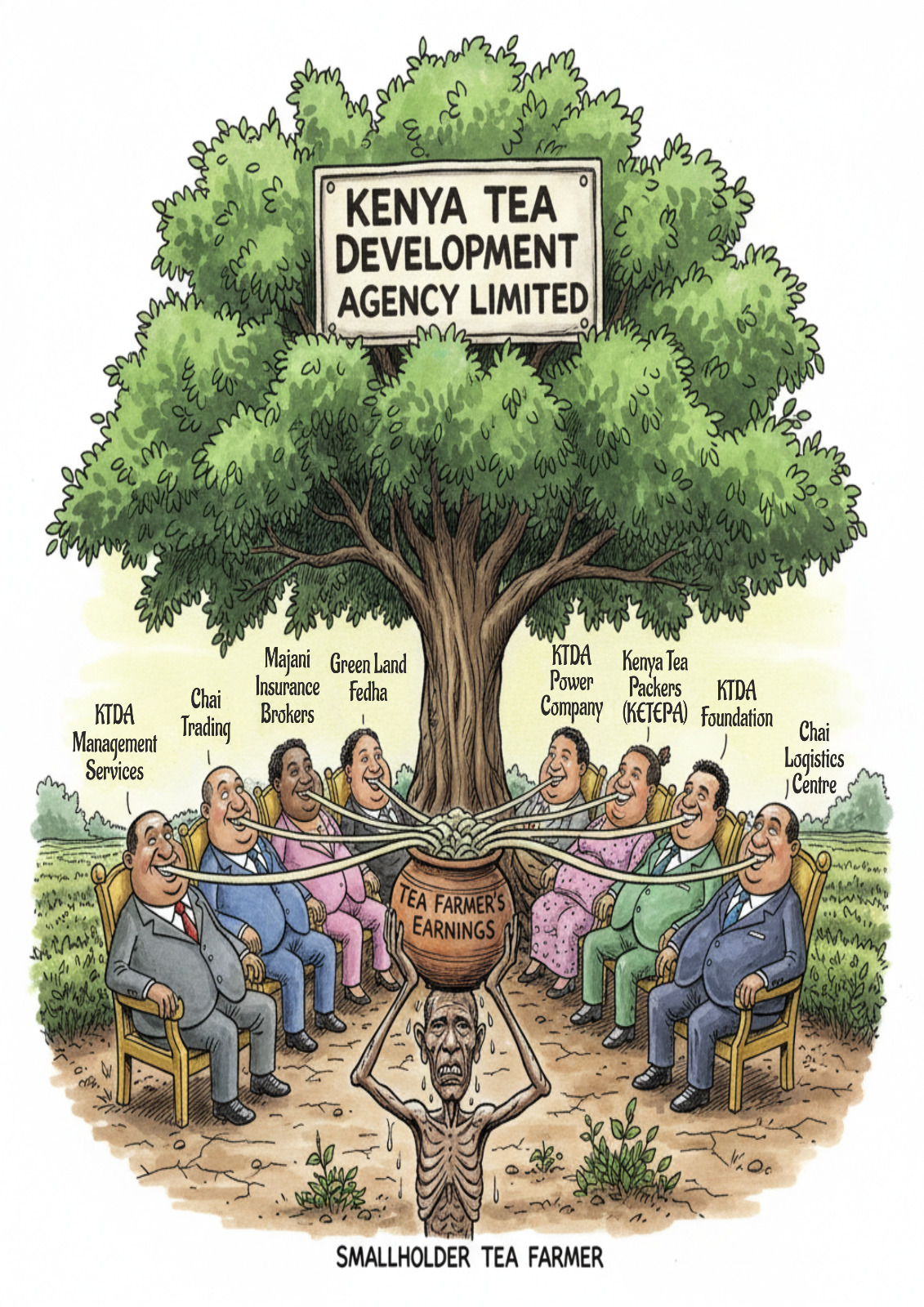
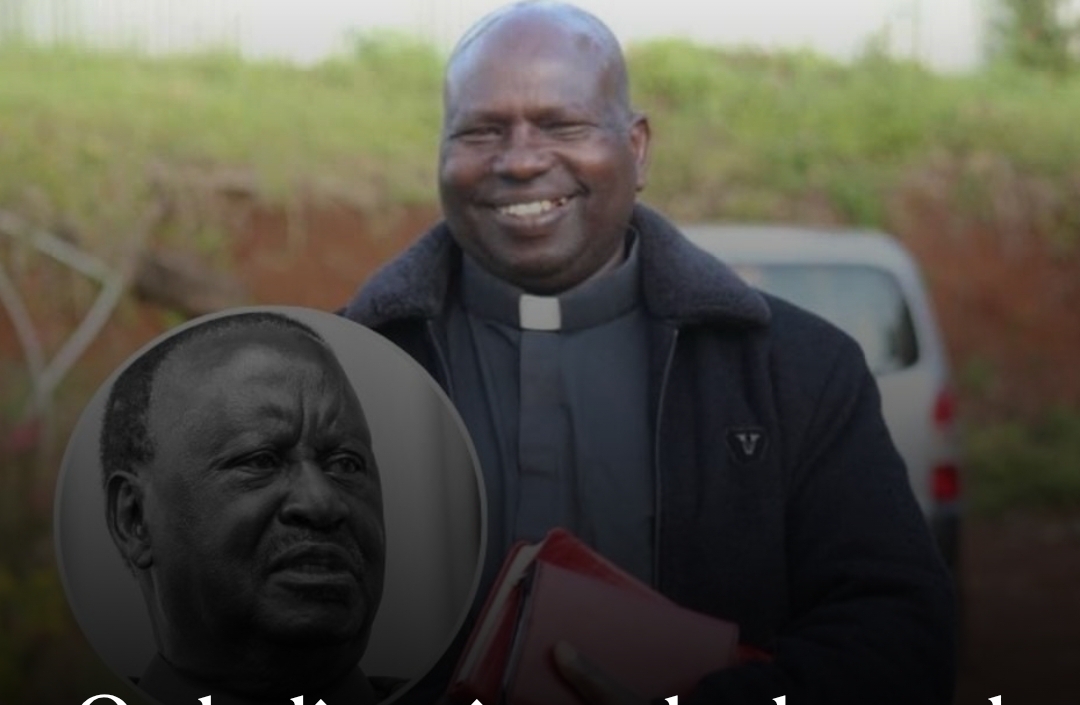
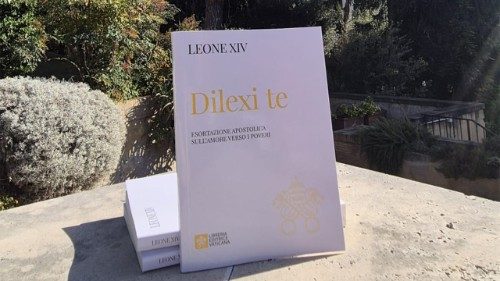
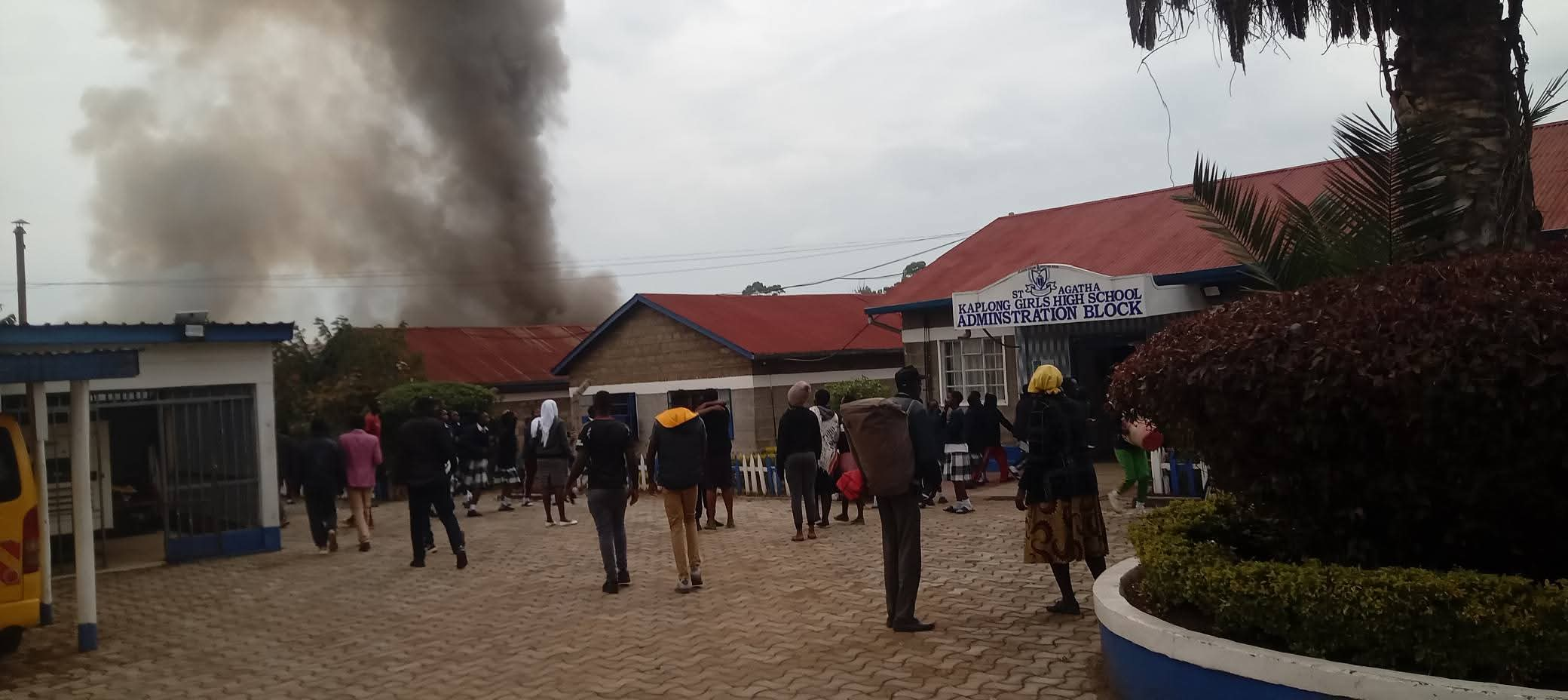
Comments (0)
No comments yet. Be the first to comment!